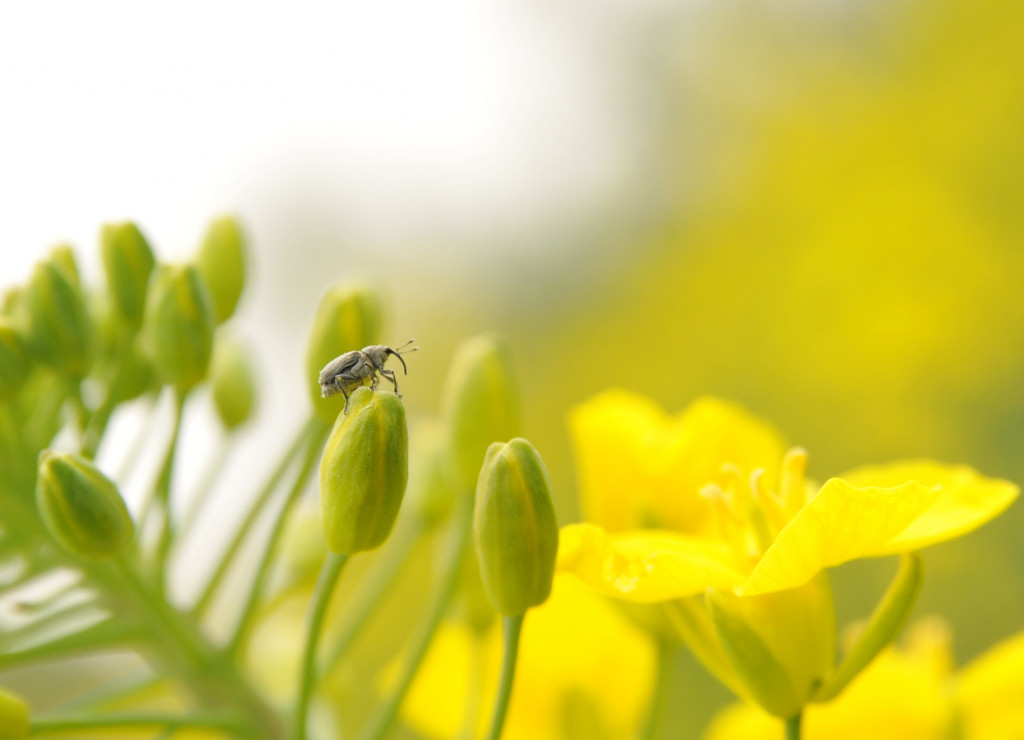Cultivation does not mean getting rid of all living species except for one. Advocates of this approach thought they could use plant protection products to clear the countryside of crop pests. But nature has more than one trick up its sleeve: in response to pesticide pressure many species developed resistance, with the result that some treatments soon proved ineffective. Worse still, because their natural predators had vanished some minor pests started to proliferate, causing damage of a kind never experienced before. Farming under the ‘plant protection umbrella’ proved to be an illusion. Instead, parasitism, predation and antagonism between living organisms are all natural processes that can be utilised to avoid or to soften the violent confrontation between a crop and its pests. Empirical agricultural practices like tillage and crop rotation have been analysed to examine their effects on the interactions between pests and cultivated plants. Lastly, plant genomes have been explored as a pool of disease and pest resistance genes.
Integrated pest management uses all available means, favours preventive measures and develops low-input strategies. Pesticides are not ruled out, but they are not considered a production factor. Treatments are recommended only when experimentally determined risk levels or ‘tolerance thresholds’ are exceeded. Integrated pest management aims only to use products that are compatible with the system as a whole.
The basis of integrated pest management is knowledge. It evolves in small steps, taking in relevant progress in a wide range of disciplines including genetics, chemistry, mechanics and ecology. It requires practical agronomists whom growers can relate to and who address problems as a whole and are able to draw up concrete plans of action.
Integrated pest management requires regular observations in the field. Forecasting models need to be continually checked against real situations if they are to develop and remain valid. Their relevance has to be reviewed annually if the warnings and advice issued by the various decision support organisations are to retain their credibility.
In Wallonia, advance warnings for farmers are drafted by specialists in the particular field (diseases, pests, etc.) Each of them analyses the reports from observer correspondents from a variety of institutions (provincial or regional government departments, research centres or universities) within a system that covers the whole area and uses standardised observation methods. The reports describe the situation observed within a network of observation fields. Attention is drawn to risks, issues are highlighted and advice is provided. However, they are no substitute for the farmer’s knowledge and skill. Rather than a decision support service, these recommendations give farmers food for thought, enabling them to make fully informed decisions.
